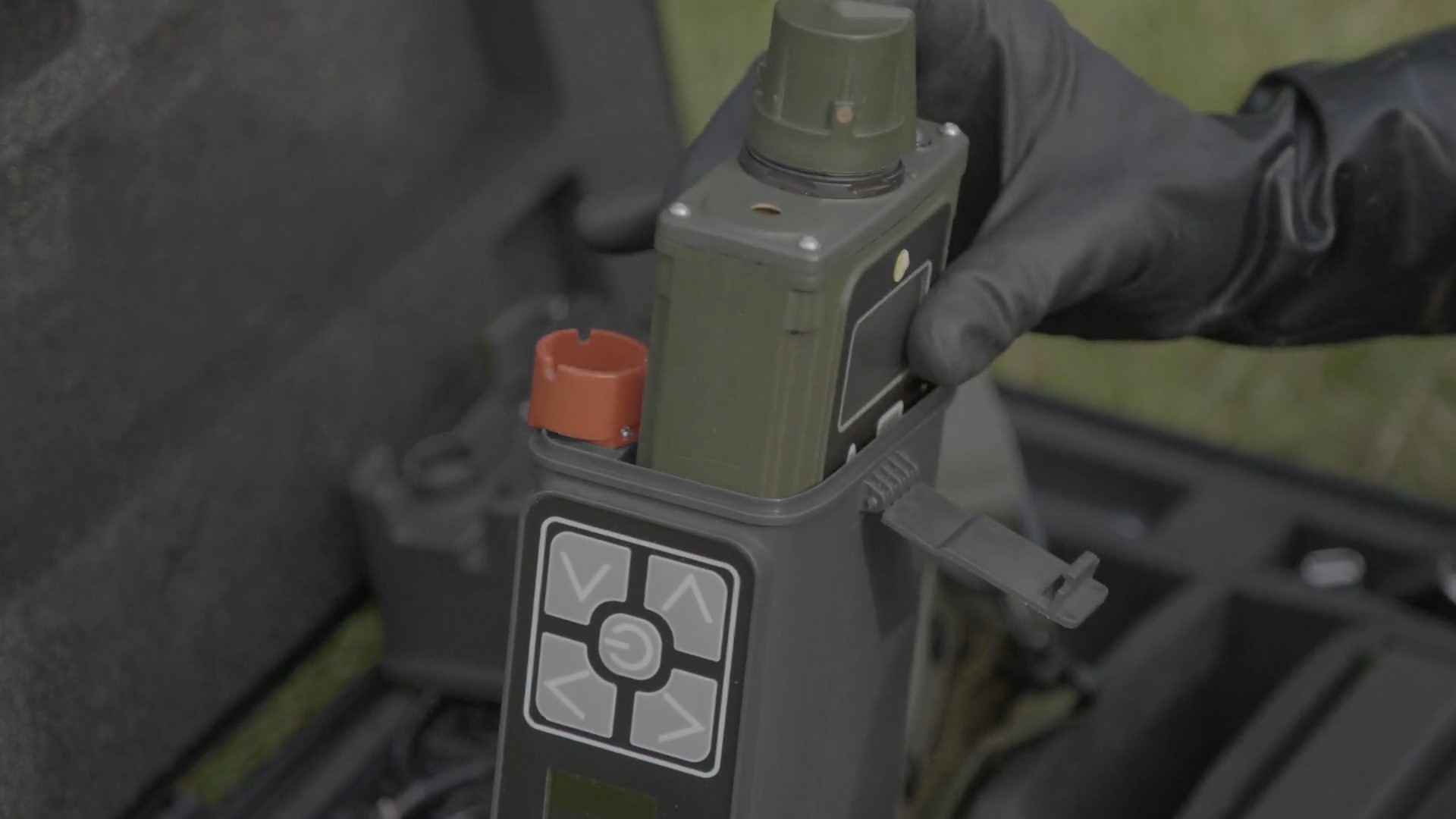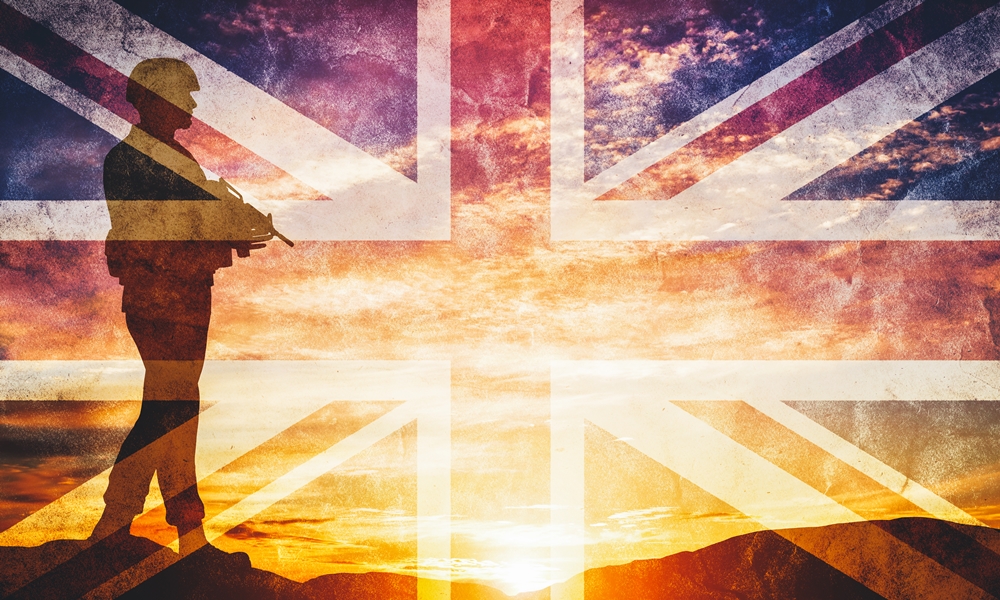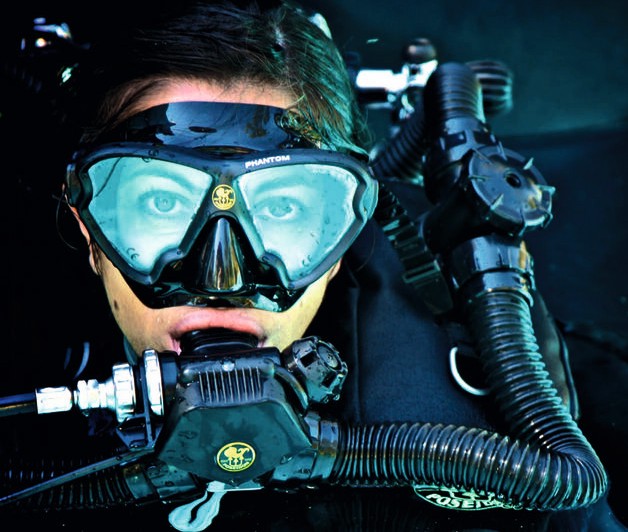Security and Policing: Smiths Detection launches LCD4

Image courtesy Smiths Detection
The launch of the LCD 4 – a body worn toxic chemical detector – plus a first of its kind extension – XID – brings enhanced versatility to the detector, allowing it to identify traces of super toxic chemical agents, narcotics and explosives.
The capability of LCD can be transformed by placing the detector into the XID cradle, where it immediately turns the vapour detection device into a ruggedised mobile trace detector that can be used in any CBRNe (Chemical, Biological, Radiological, Nuclear and Explosive) scenario.
The XID has been developed as a direct response to the request from existing LCD customers to adapt the capabilities of the detector to the constantly evolving global threat environment which is driving the requirement to detect and identify minute quantities of super toxic threats, including fentanyl and novichok.
The LCD series is the most widely deployed personal chemical detector globally, over 100,000 detectors are in service with operators in 58 different countries. The largest operator is the US DoD through its Joint Chemical Agent Detector (JCAD) Programme.

The LCD and LCD XID have been evaluated in the Organisation for the Prohibition of Chemical Weapons laboratories and provide the benchmark for personal protection against toxic chemical threats.
Smiths Detection’s Defence Market Director, Michael Lea, said: “The LCD 4 and the XID have been developed to respond to the changing threat environment. The XID gives CBRNe and HAZMAT operators the ability to detect and identify a far broader range of threats that they may encounter on everyday operations. The XID is a great illustration of Smiths Detection’s capability to develop products in response to customer needs and helping us to achieve our mission to make the world safer place.”
The LCD 4 and XID will be on display at the Security & Policing event at Farnborough (in the UK), 14th-16th March.












